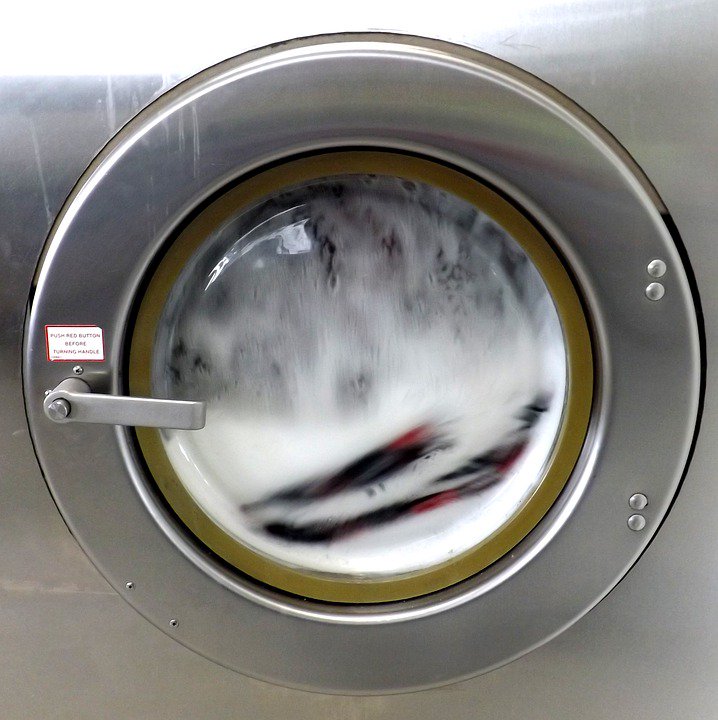Bowman et al: nature.com/articles/natur…
Lidz & Hui: arxiv.org/abs/1805.01253
Hills et al: arxiv.org/abs/1805.01421
Monsalve et al (EDGES high-band): arxiv.org/abs/1806.07774
Get real-time email alerts when new unrolls are available from this author!
Twitter may remove this content at anytime, convert it as a PDF, save and print for later use!

1) Follow Thread Reader App on Twitter so you can easily mention us!
2) Go to a Twitter thread (series of Tweets by the same owner) and mention us with a keyword "unroll"
@threadreaderapp unroll
You can practice here first or read more on our help page!






